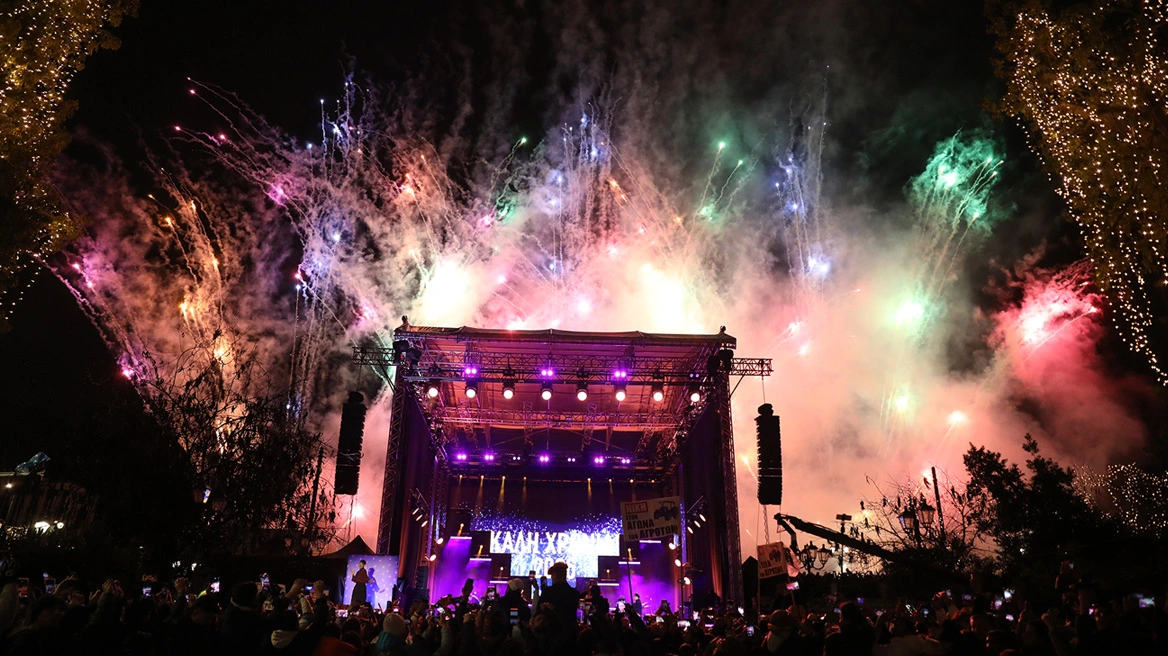Orgies conjure in our imagination the world of Greek and Roman Antiquity, thanks to more or less titillating films portraying debauched emperors, or maybe specifically Fellini’s Satyricon. The term is also used today to signify all sorts of excess. For us, the orgy stands for the ultimate celebration of the pleasures of the flesh, in an ancient world free from moral constraint. But what were they like in reality?
From orgia to orgies
The word comes to us from the Greek orgia. This denotes rites practiced in honor of gods such as Dionysus, whose cult celebrates the regeneration of nature. It concerns so-called mystery cults – that’s to say, those limited to initiates, men and women, previously sworn to not divulge their secrets.
The term orgia suggests passion and thrill. Orgiastic rites – little known about because of the mystery surrounding them – could involve brandishing objects of a sexual form , in the course of ecstatic and violent displays which aimed to reach a state of collective stupor .
5 Fabulous Greek Islands to Visit in September
But it was only after 1800, over the course of the 19th century and notably in French literature, that the orgy took the meaning of group sexual practices, most often associated with excesses of alcohol and food. Flaubert conceives in his tale Smarh, written in 1839, “A night-time festivity, an orgy full of naked women, beautiful like Venus”.
Continue here: Ancient Origins
Ask me anything
Explore related questions





